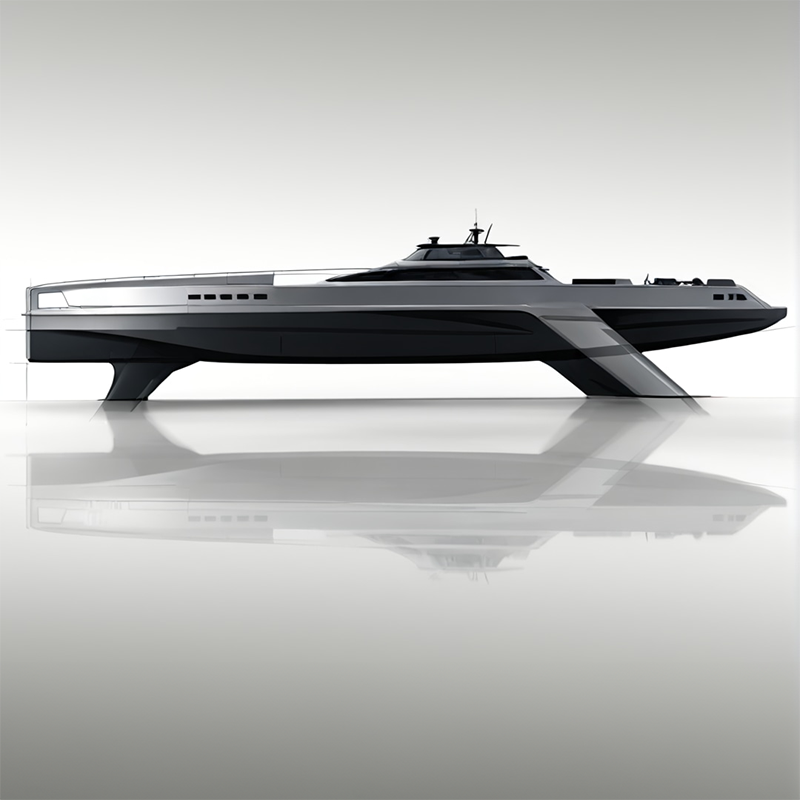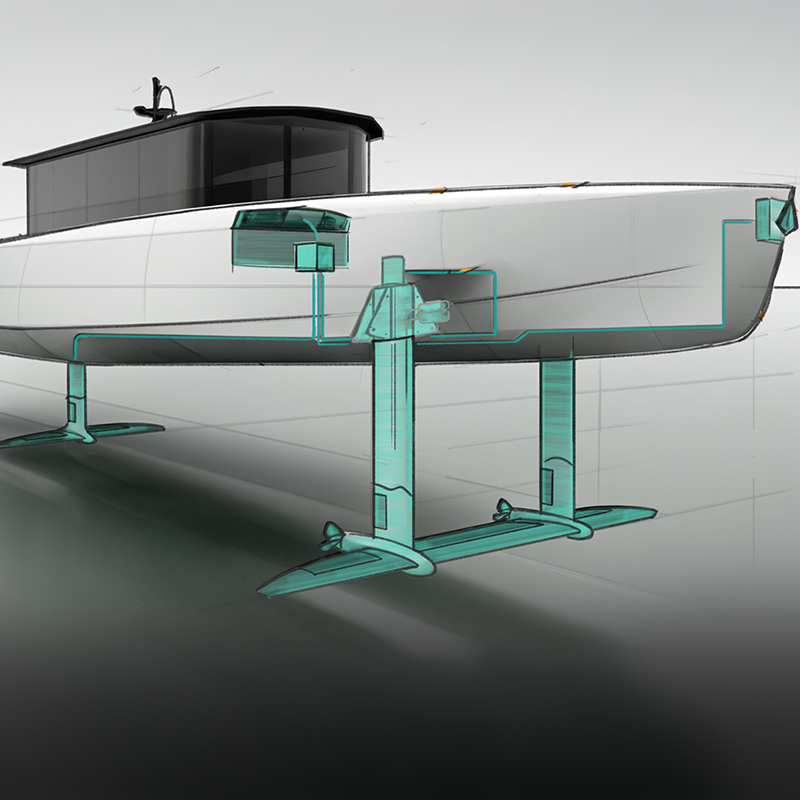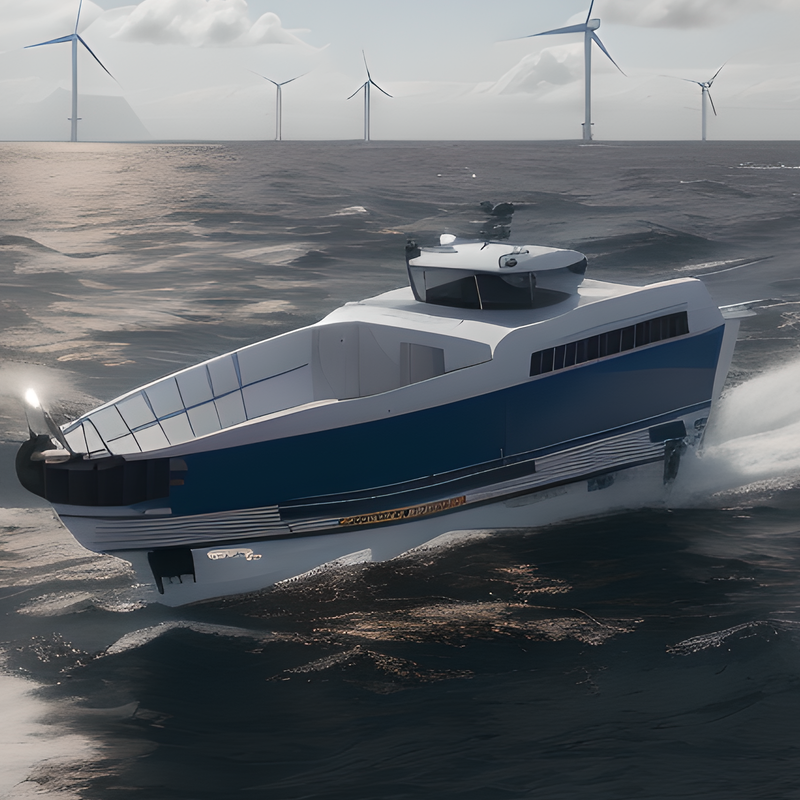
Flying Fish builds reliable, robust, and efficient hydrofoil solutions for next-generation vessels.

For Designers
We support you with hydrofoil feasibility and performance calculations, and help you with integrating foils into your ship design.

For Builders
We’re developing modular hydrofoil systems for many vessel types. Our solution includes the foils, active control sofware and sensors.

For Operators
Hydrofoils can cut energy use by up to 80%. We help you find out if they suit your fleet, and make long-range zero-emission travel possible.
What we offer



Advantages of hydrofoils






Application examples
Hydrofoils are most effective on fast, lightweight ships. Check the potential energy savings of these four examples.
Boat type
Speed
Power required
conventional*
Power required
with foils
Energy
saved




*Conventional power based on datasheets from large shipbuilders
Calculate your energy savings
Hydrofoil Energy Reduction Tool
Other great applications for our hydrofoils are:
- Passenger ferries up to 300 pax
- Fast crew supply vessels for wind farms
- Waterborne drones
- Yachts up to 70m and yacht tenders
Discover hydrofoil technology
Our engineers are ready to help you select the best hydrofoil concept for your boat or ship. Our consultancy service is priced at 500 euros per engineer for a half-day session, with the first one-hour consultation offered free of charge. Learn more about hydrofoils in our knowledge base, or contact us now to see how we can help you with our hydrofoil design expertise.
Request a Feasibility Study
We will contact you as soon as possible to investigate the feasibility of your hydrofoil project!




